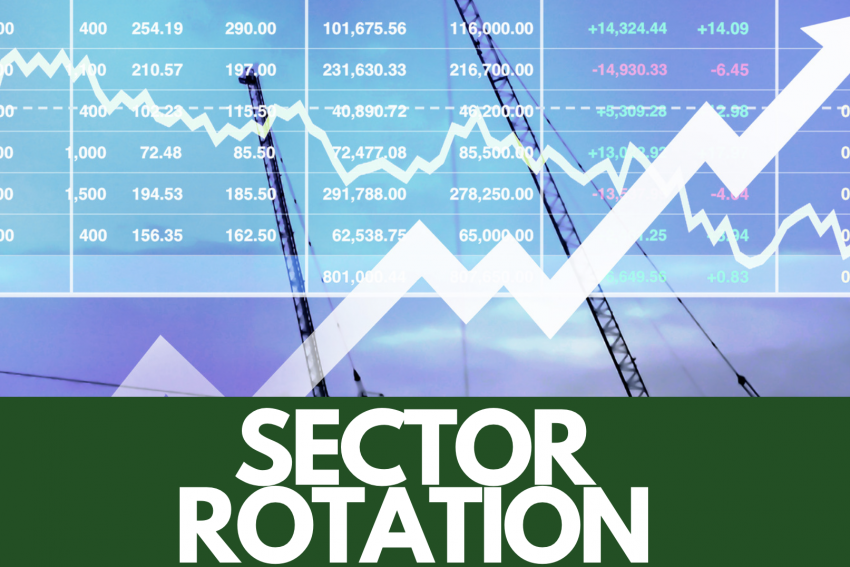Sector rotation is an investment strategy that leverages the cyclical nature of the economy by reallocating capital among different market sectors at various economic phases. This approach is grounded in the belief that certain sectors outperform others, and are dependent upon the current economic cycle. The primary goal of sector rotation is to maximize returns by capitalizing on these cyclical trends, allowing investors to adjust their portfolios to benefit from the expected performance of specific sectors as the economic environment evolves.
Understanding Economic Cycles:
In general, the economic cycle consists of four phases: expansion (characterized by rising economic activity and employment), peak (the zenith of economic activity before a downturn), recession (marked by a decline in economic activity, employment, and consumer spending), and recovery (a period of regrowth from the trough of the recession). Different sectors react uniquely to each phase; for example, consumer discretionary and technology sectors often thrive during expansion, while utilities and consumer staples tend to be more resilient during recessions, providing stability to investment portfolios.
The Basics of Sector Rotation:
Sector rotation involves reallocating investments among different market sectors based on economic indicators to exploit cyclical economic trends. Historical performance shows this strategy can outperform the market by capitalizing on the predictable performance of certain sectors during different economic phases. The rationale behind sector rotation is rooted in the predictable nature of economic cycles, allowing informed investors to adjust their portfolios proactively to sectors poised for growth.
Identifying Sectors and Timing:
During expansion, sectors like technology and consumer discretionary typically thrive due to increased consumer spending. In contrast, during recessions, utilities and consumer staples, which provide essential services and goods, often perform better. Tools and indicators for predicting economic cycles and sector performance include leading, lagging, and coincident indicators, such as GDP growth rates, employment figures, and consumer confidence indices. Additionally, technical analysis and market sentiment indicators are used to gauge sector momentum and timing for rotation.
Strategy Implementation:
Implementing a sector rotation strategy involves diversifying your portfolio across various sectors and adjusting allocations as economic conditions change. Active management plays a key role, requiring constant market analysis to time sector shifts effectively. However, passive strategies, like sector ETFs, can also be used to simplify the approach. Risk management is crucial, involving not only sector diversification but also ensuring that shifts are based on solid economic indicators to mitigate timing errors and market volatility.
Benefits and Risks
Sector rotation strategies offer the potential for higher returns by capitalizing on economic cycles, with diversification and risk management as key benefits. However, challenges include accurately timing market shifts and navigating external factors like geopolitical events, which can unpredictably affect sector performance. Balancing these can optimize returns while mitigating risks.
Conclusion:
Understanding the nuances of economic cycles and sector performance is vital for optimizing investment strategies. Sector rotation offers a method to potentially enhance returns and manage risks by aligning investments with the cyclical nature of markets. However, it’s crucial to approach this strategy with a balanced view, recognizing its complexities and inherent risks, including market timing challenges and external disruptions. Investors should consider integrating sector rotation within a diversified portfolio approach, always mindful of its dynamic requirements and the broader economic landscape.




